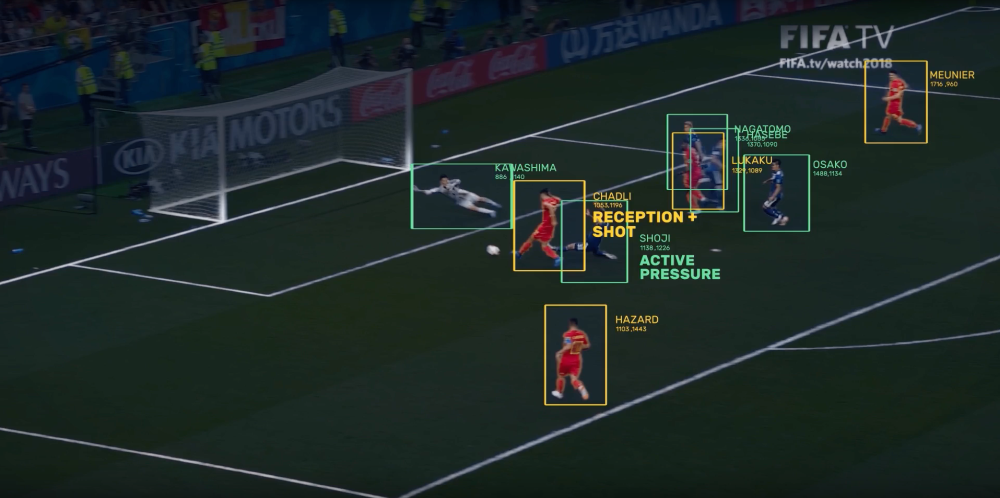🏈 Understanding Sports Better
AI is transforming sports with enhanced game analysis and strategic insights, driven by advanced technologies.

Today's Highlights
- How AI is changing professional sports
- This Week On BuzzBelow - a recap on this week's topics
- In Other News - a few interesting developments we're tracking
AI has impacted many industries as of late, and one of the sectors that is being affected the most has been the sports world. This transformative technology is not only enhancing how coaches and athletes prepare and compete, but is also changing the way fans engage with their favorite sports. Here are some ways that AI is changing the sports industry:
Computer Vision for Player & Game Analysis
Computer vision technology is crucial in analyzing visual data from games. High-resolution cameras and video analysis software are used to track players' movements, ball trajectories, and game dynamics. These systems generate positional data, which is then analyzed to assess team formations, player spacing, and tactical efficiency. In soccer, for instance, computer vision systems can evaluate off-the-ball movements and spacing strategies, providing insights into the effectiveness of a team's tactical setup. Second Spectrum specializes in using computer vision for advanced sports analytics. They provide detailed visualizations and insights into player movements and game dynamics, particularly in basketball and soccer.
Natural Language Processing for Scouting Reports
Natural Language Processing (NLP), another branch of AI, is used to analyze textual data such as scouting reports, player interviews, and social media. NLP algorithms can extract useful insights from these unstructured data sources, providing an additional layer of information for tactical analysis. For example, sentiment analysis on social media can gauge public opinion and psychological factors that might affect a player or team's performance. IBM's Watson uses NLP to analyze unstructured data, including sports commentary and reports. This analysis helps in gaining insights into team strategies and player performances.

Integrating Big Data with AI
The integration of big data technologies with AI is critical for handling the immense volume of data generated in sports. Tools like Hadoop and Spark are used for storing and processing large datasets efficiently. This capability is essential for real-time data analysis during games and for long-term strategic planning based on historical data trends. SAS offers analytics software and solutions that integrate AI and big data for sports analytics, providing insights into player performance, injury risk, and game strategies.
The sports analytics market size was estimated at USD 2.21 billion in 2023 and is expected to reach USD 10.71 billion by 2028, growing at a CAGR of 30.04% during the forecast period. AI's ability to process and analyze large volumes of data is providing teams with unprecedented insights, leading to more strategic decision-making and enhanced performances. As technology continues to evolve, its impact on sports is likely to grow, offering exciting possibilities for the future of athletic competition and fan engagement.
This Week on BuzzBelow


In Other News



